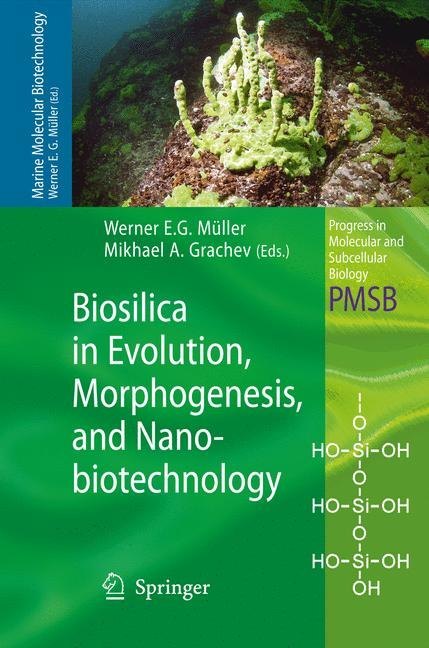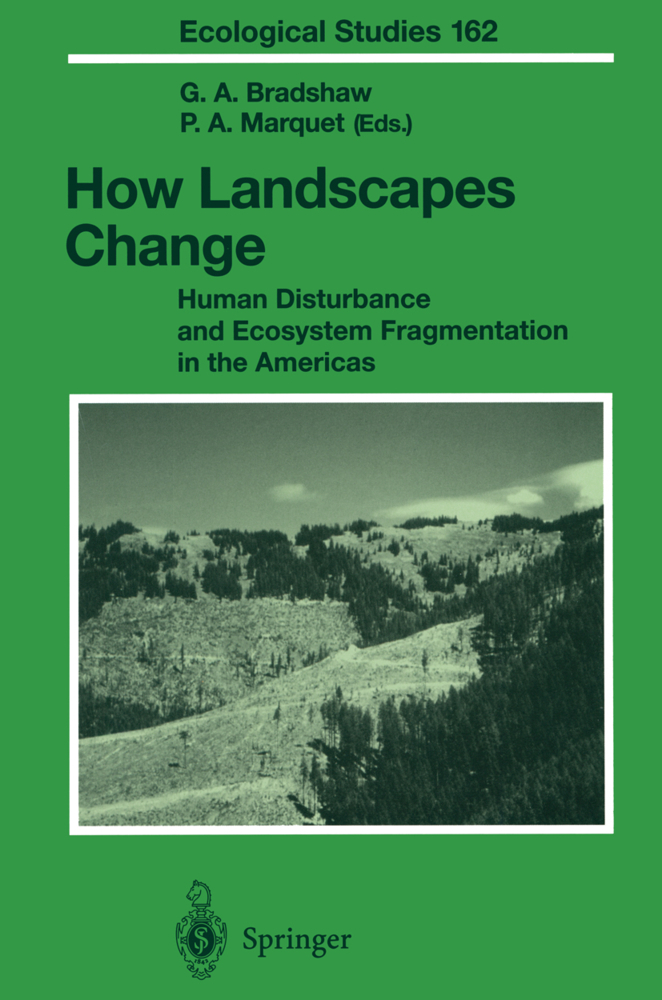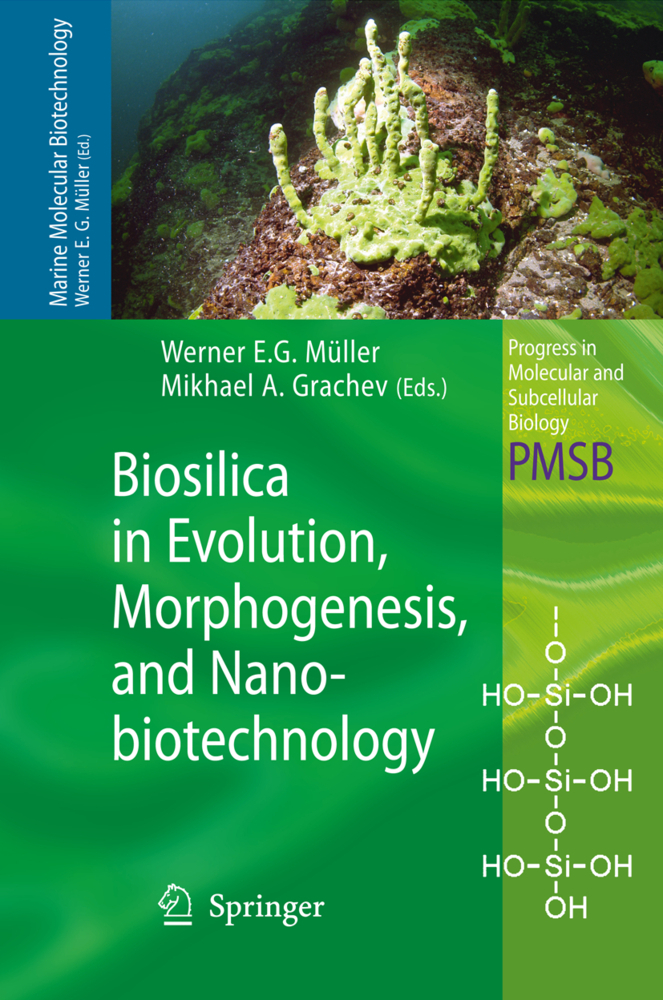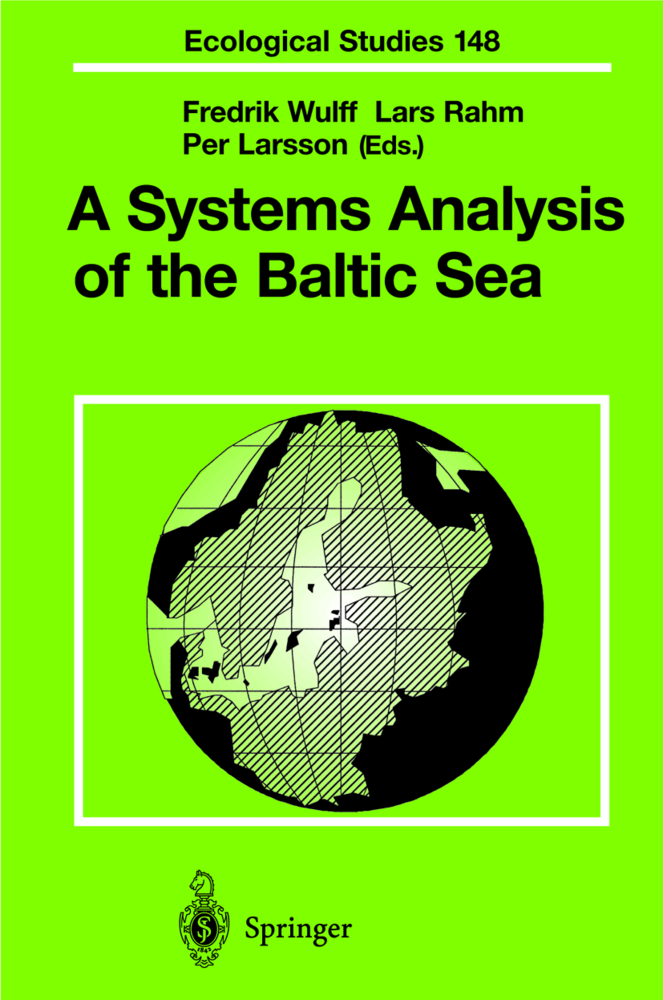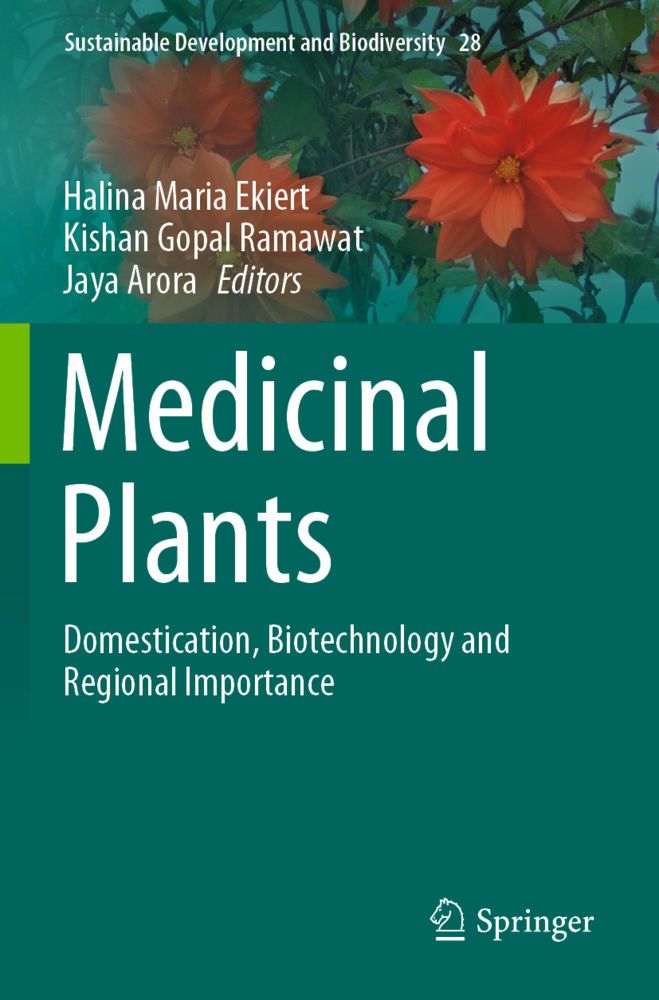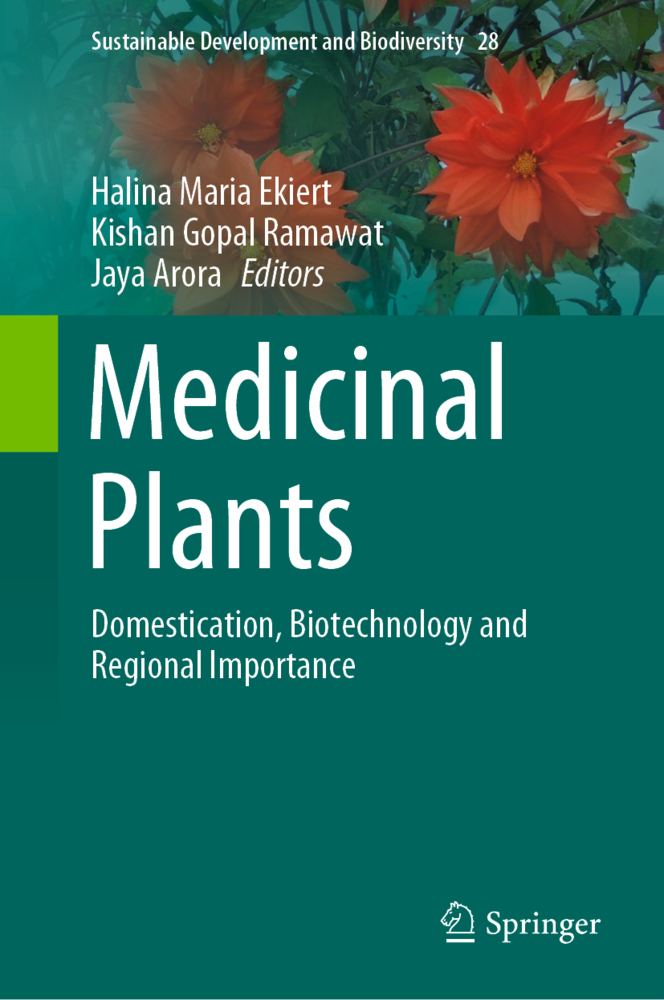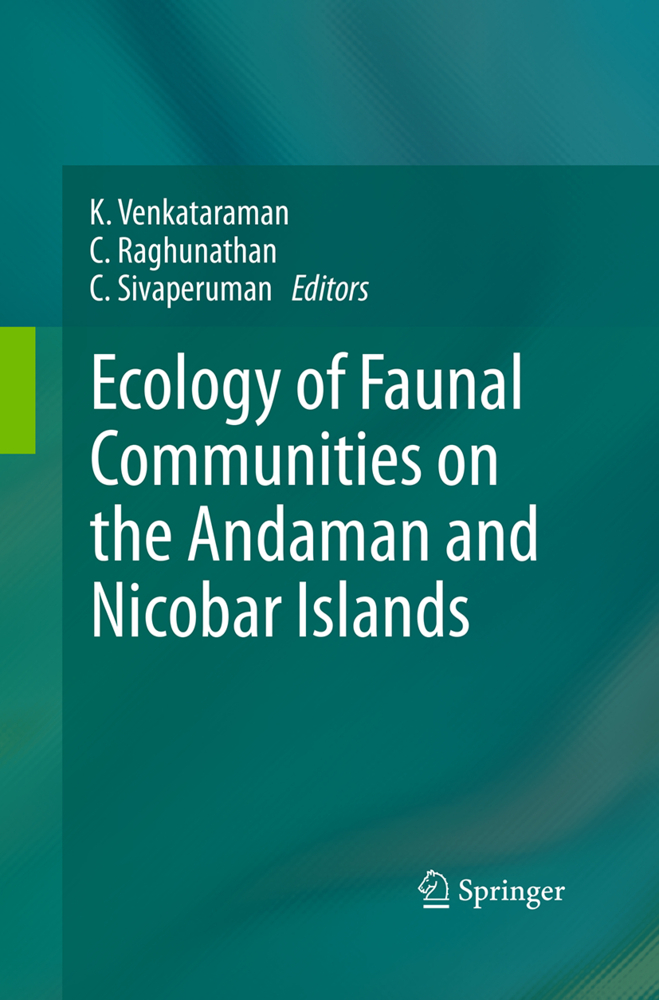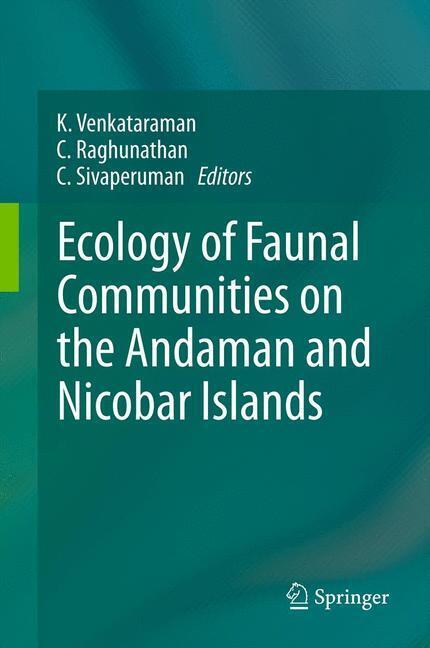Biosilica in Evolution, Morphogenesis, and Nanobiotechnology
Case Study Lake Baikal
Lake Baikal is the oldest, deepest and most voluminous lake on Earth, comprising one fifth of the World's unfrozen fresh water. It hosts the highest number of endemic animals recorded in any freshwater lake. Until recently it remained enigmatic why such a high diversity evolved in the isolated Lake Baikal. Focusing on the sponges (phylum Porifera) as an example, some answers are provided to fundamental questions on evolutionary forces. The characteristic feature of these animals is that they form their polymeric silicic acid skeleton enzymatically. This process is explored using modern molecular biological and cellular biological techniques to outline strategies to fabricate novel materials applicable in biomedicine and nanooptics.
Evolution. Silicon in Life: Whither Biological Silicification? Fossil Sponge Fauna in Lake Baikal Region. Identification and isolation of a retrotransposon from the Lubomirskia baicalensis: implication in rapid evolution of endemic sponges
Role of biosilica in morphogenesis. Modeling of the siliceous skeleton
Biosilica formation. Silicatein: Nano-biotechnological and Biomedical Applications
Role of biosilica in material sciences. Role of Biosilica in Materials Science: Lessons from Siliceous - Biological Systems for Structural Composites. An overview of Silica in Biology, its Chemistry and recent Technological Advances. Optical and nonlinear optical properties of sea glass sponge spicules. Nanobiotechnology: Soft Lithography. The application of silicon and silicates in dentistry a review
Role of Biosilica in Nanobiotechnology. Sustainable exploitation and conservation of the endemic Lake Baikal sponge (Lubomirskia baicalensis) for the application in nanobiotechnology.
Geology Paleontology- Paleoclimate. Overview of geology and tectonic evolution of the Baikal-Tuva area. Tectonics of the Baikal rift deduced from volcanism and sedimentation: a review oriented to the Baikal and Hovsgol lake systems. Paleoclimate and evolution: emergence of sponges during the Neoproterozoic
Organisms: Sponges. Studies on the taxonomy and distribution of freshwater sponges in Lake Baikal. Towards a molecular systematics of the Lake Baikal/Lake Tuva sponges. Symbiotic interaction between dinoflagellates and the demosponge Lubomirskia baicalensis: Aquaporin-mediated glycerol transportEvolution. Silicon in Life: Whither Biological Silicification? Fossil Sponge Fauna in Lake Baikal Region. Identification and isolation of a retrotransposon from the Lubomirskia baicalensis: implication in rapid evolution of endemic sponges
Role of biosilica in morphogenesis. Modeling of the siliceous skeleton
Biosilica formation. Silicatein: Nano-biotechnological and Biomedical Applications
Role of biosilica in material sciences. Role of Biosilica in Materials Science: Lessons from Siliceous - Biological Systems for Structural Composites. An overview of Silica in Biology, its Chemistry and recent Technological Advances. Optical and nonlinear optical properties of sea glass sponge spicules. Nanobiotechnology: Soft Lithography. The application of silicon and silicates in dentistry a review
Role of Biosilica in Nanobiotechnology. Sustainable exploitation and conservation of the endemic Lake Baikal sponge (Lubomirskia baicalensis) for the application in nanobiotechnology.
Müller, Werner E. G.
Grachev, Mikhael A.
| ISBN | 9783540885528 |
|---|---|
| Artikelnummer | 9783540885528 |
| Medientyp | E-Book - PDF |
| Auflage | 2. Aufl. |
| Copyrightjahr | 2009 |
| Verlag | Springer-Verlag |
| Umfang | 421 Seiten |
| Sprache | Englisch |
| Kopierschutz | Digitales Wasserzeichen |

